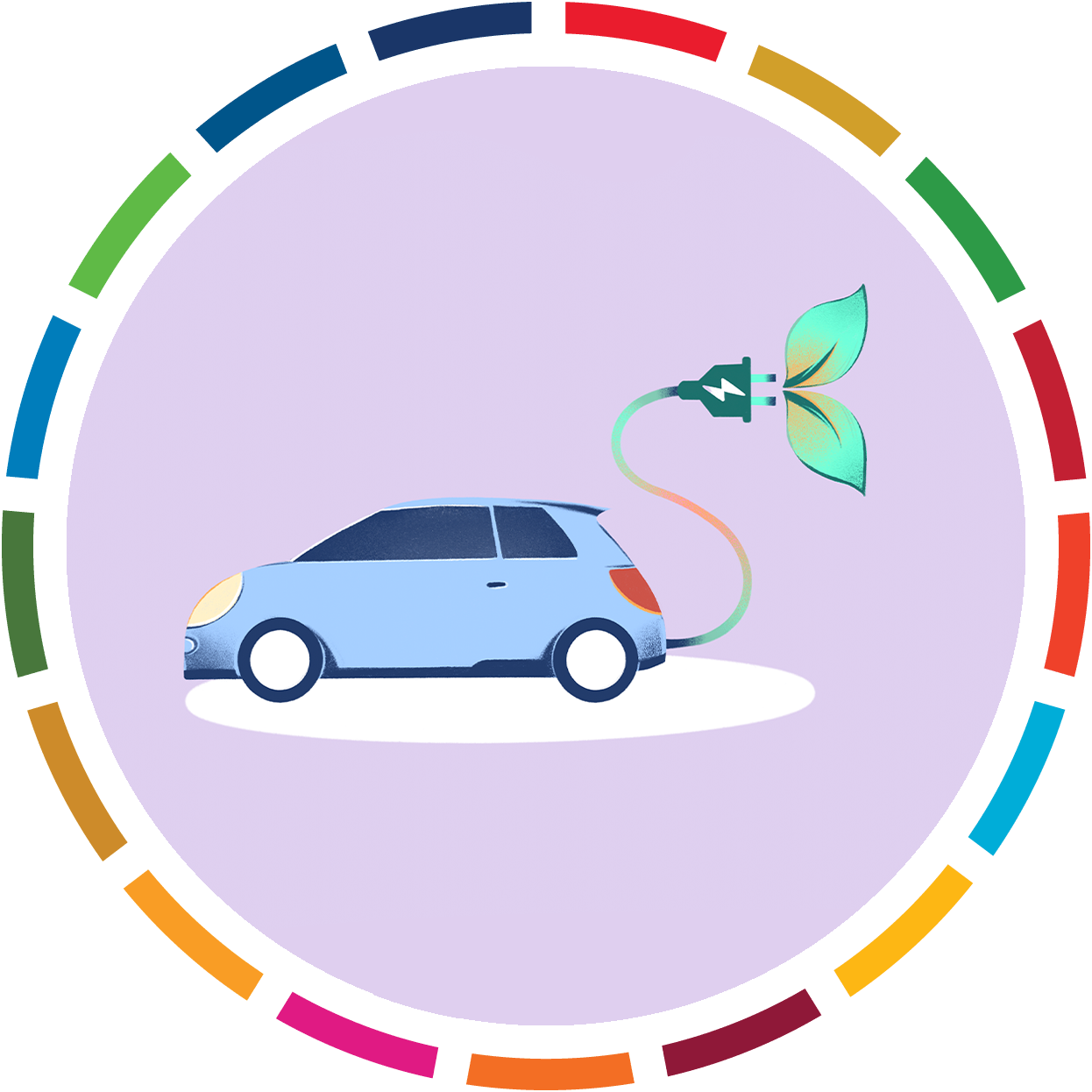Actions for a Healthy Planet(4) - United Nations
08 April 2024
Every one of us can make choices to protect nature, tackle climate change, and take care of our planet.
The Sustainable Development Goals spell out how we can protect our environment and slow climate change, from forests to oceans to everywhere in between. Think about your electricity use and your travel. Check your dinner table. Reuse whatever you can. The possibilities for action are many – and add up fast.
Greenhouse gas emissions per person vary greatly among countries. In the United States of America, per capita emissions are more than double the world average of 6.5 tons of CO2 equivalent, while in India they are less than half the world average. Globally, the 10 per cent of the population with the highest income account for nearly half of all emissions. Here are some actions to reduce your impact on the environment. To learn more about climate action, science and solutions, click here.
The UN offers ten suggestions for actions all of us can take to mitigate the effects of climate change and help protect the planet.
4. Switch to an electric vehicle
If you plan to buy a car, consider going electric, with more and cheaper models coming on the market. In many countries, electric cars help reduce air pollution and cause significantly fewer greenhouse gas emissions than gas or diesel-powered vehicles. But many electric cars still run on electricity produced from fossil fuels, and the batteries and engines require rare minerals which often come with high environmental and social costs. Switching from a gasoline or diesel-powered car to an electric vehicle can reduce your carbon footprint by up to 2 tons of CO2e per year. A hybrid vehicle can save you up to 700 kilograms of CO2e per year.

3. Walk, bike or take public transport
The world’s roadways are clogged with vehicles, most of them burning diesel or gasoline. Walking or riding a bike instead of driving will reduce greenhouse gas emissions -- and help your health and fitness. For longer distances, consider taking a train or bus. And carpool whenever possible. Living car-free can reduce your carbon footprint by up to 2 tons of CO2e per year compared to a lifestyle using a car. Learn more about how to green your travel.
2. Change your home's source of energy
Ask your utility company if your home energy comes from oil, coal or gas. If possible, see if you can switch to renewable sources such as wind or solar. Or install solar panels on your roof to generate energy for your home. Switching your home from oil, gas or coal-powered energy to renewable sources of energy, such as wind or solar, can reduce your carbon footprint by up to 1.5 tons of CO2e per year. Learn more about why switching to renewable energy is key to tackling the climate crisis.
1. Save energy at home
Much of our electricity and heat are powered by coal, oil and gas. Use less energy by reducing your heating and cooling use, switching to LED light bulbs and energy-efficient electric appliances, washing your laundry with cold water, or hanging things to dry instead of using a dryer. Improving your home’s energy efficiency, through better insulation for instance, or replacing your oil or gas furnace with an electric heat pump can reduce your carbon footprint by up to 900 kilograms of CO2e per year. Get more energy tips for your home here.
Latest News Stories
- 16/06/2025 Rewilding news
- 02/06/2025 New Household Electrical Recycling Collection Service
- 10/05/2025 Culbokie Green featured by Highland Environment Forum
- 18/04/2025 Highlands Rewilding - Nature Days at Bunloit
- 10/04/2025 John Muir Trust Wild places newsletter and John Muir Day special membership offer
- 10/03/2025 Just Stop Oil protesters' jail sentences reduced
- 12/02/2025 NatureScot marks 20 years of Scottish Outdoor Access Code
- 04/02/2025 Starmer under attack from both sides over Rosebank
- 26/01/2025 Protests as Just Stop Oil activists' sentences appealed
- 24/01/2025 Rosebank and Jackdaw oil and gas fields unlawful
Forthcoming Events…
- Friday 11 July
- NA
- 09:30 Allangrange workshop - Creative Hedge Shaping with JJ Gladwin
- Saturday 12 July
- 10:30 Cromarty Community Market
- Saturday 19 July
- 10:00 Cukbokie Community Market
- Saturday 26 July
- 10:00 North Kessock Community Market
- Thursday 31 July
- 10:00 Public meeting about Tore roundabout
- Saturday 9 August
- 10:30 Cromarty Community Market
- 14:00 BIHS Summer Show
Events to add to calendar? Contact Us.
